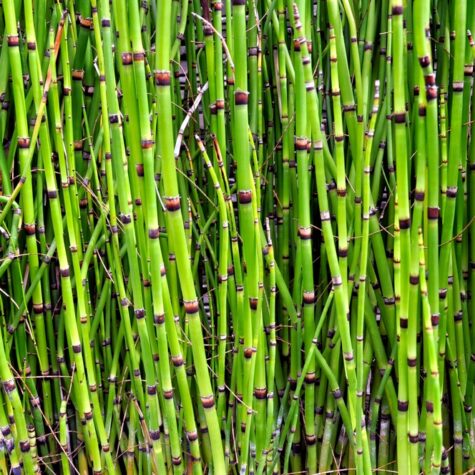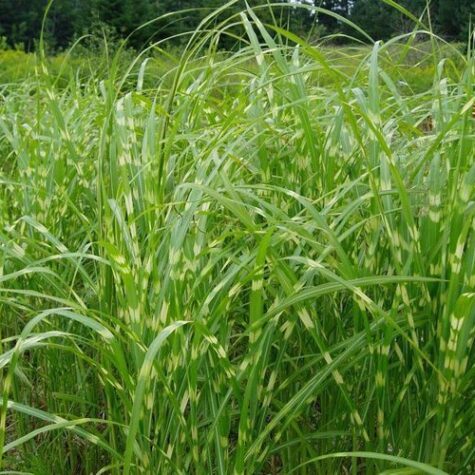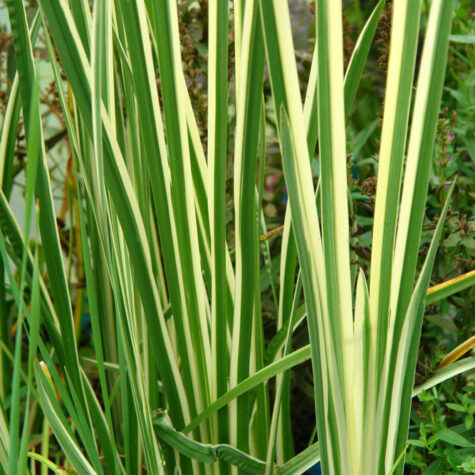
$18.69
*NOTE: AS A FISH FARM, WE DO NOT OFFER GENDER SPECIFIC SEXING ON FISH STOCK. REQUEST FOR MALES OR FEMALES CAN ONLY BE ACCOMMODATED IF THE ITEM SPECIFIES GENDER IN THE DESCRIPTION SUCH AS: MALE BETTA, FEMALE GUPPY, ETC SORRY FOR ANY INCONVENIENCE.
Out of stock
Pitcher Plant Potted Reg
Sarracenia sp.
The Carnivorous Pitcher Plant!
Pitcher plants are the largest group of carnivorous plants and Sarracenia is one of the largest pitcher plant genus. Sarracenia is an easy-to-grow US native plant perfect for most gardens, ponds, exhibits. Sarracenias are very exotic, almost alien-looking with strange leaf shapes and wacky colors. They make excellent garden plants in moist places, or as container, paludarium or terrarium plant.
If you are a fan of growing colorful, unusual, meat-eating plants, then Sarracenias are for you. Whether it’s their unique foliage, fabulous flowers, or ability to rid the world of unwanted insect pests, Sarracenias are a wonderful group of plants to have. Carnivorous plants are certainly some of the coolest plants around as carnivory is so un-plant-like and fascinating to watch.
Sarracenias are generally easy to grow in a moist garden. In the wild they are bog plants, but in the garden, a bog is not a necessity as long as you do not let the plants dry out. The single biggest mistake in growing pitcher plants in the ground is too keep them too wet. In the wild, pitcher plants grow in areas that are seasonally flooded, but these areas can become extraordinarily dry on the surface during the spring and summer months. The best way to remember proper conditions is: “dry ankles and moist feet”. We have had good luck growing pitcher plants in our garden as long as the soil stays moist at a depth of 4″.
In the wild, pitcher plants grow in sandy soils often containing high levels of organic matter and have an acidic pH between 3.0 and 5.0. In the garden, a 50:50 mixture of sand and peat moss is recommended.
Pitcher plants can be planted any time the ground is not frozen, providing you can supply enough moisture. If your plants have been grown in a container, plant them at the same depth that they are in the container. If your plants are bare-rooted, position the plant so that the rhizome is just below the surface of the soil. It is okay if a small portion of the rhizome is exposed to light as this may stimulate leaf production. All Sarracenias prefer full sun and open habitats to thrive. If the shade is 40% or greater, the plants lose their bright coloration and generally decline in vigor.
Growing Sarracenia in Containers
Sarracenias can be grown in a container as long as you take steps to keep the soil moist. Without question, the best soil to use in a container is pure peat moss. After planting, it’s often best to sit the pot in a saucer of water to keep the peat evenly moist.
Pitcher plants do not fare well indoors unless you have them near full spectrum light. Many aquarists report great success just sticking a couple pitcher plants in their hang on back filter. Plants are shipped about 4 to 6 inches tall in a small 2″ pot to contain the roots.
Sarracenias are very sensitive to dissolved salts so stay away from highly chlorinated water and water with a high nutrient content. Never use chemically softened water. Do not feed pitcher plants with mundane table scraps, chemical fertilizers, or bits of meat (although a fly couldn’t hurt). Pitcher plants should be able to get enough nutrients on their own without any artificial help. Since animal meat has a lot more fat in it than insect flesh, and pitchers cannot digest fat, raw meat will cause the pitcher to rot. Fertilizer will burn the plants. Many pitcher plants have died by the hands of over-zealous owners who stuff “food” into the pitcher and douse it with Miracle-Gro.




